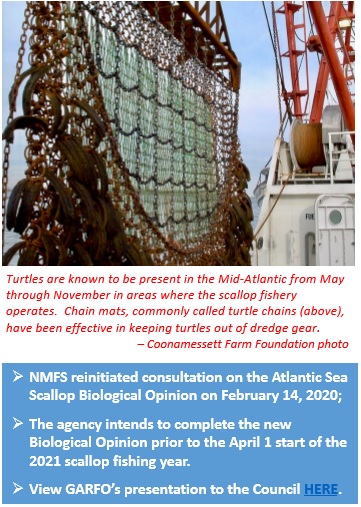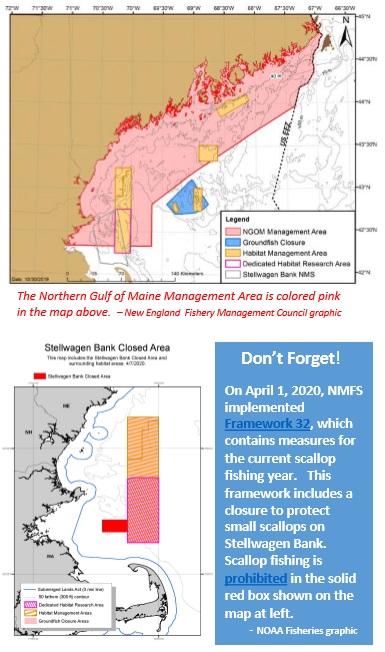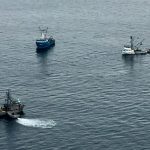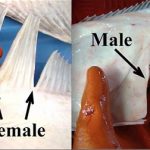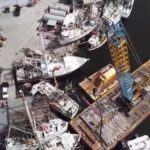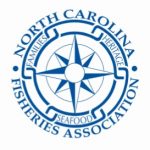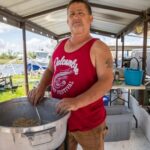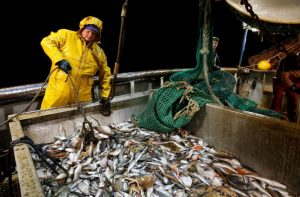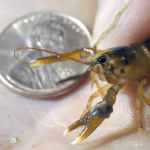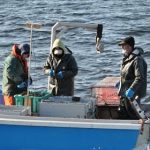Scallops: NEFMC Approves Amendment 21 Range of Alternatives; Requests Emergency Action Due to COVID-19
 The New England Fishery Management Council covered several important scallop-related issues during its April 14-15, 2020 meeting, which was held by webinar. Current COVID-19 restrictions on travel and public gatherings prevented the Council from meeting in person. Here’s a recap of the scallop highlights.
The New England Fishery Management Council covered several important scallop-related issues during its April 14-15, 2020 meeting, which was held by webinar. Current COVID-19 restrictions on travel and public gatherings prevented the Council from meeting in person. Here’s a recap of the scallop highlights.
Amendment 21 –What’s the Vision? What Do the Measures Cover? Now that the Council has settled on the range of alternatives for Amendment 21, additional analyses can be conducted by the Scallop Plan Development Team. These analyses will help the Council in its decisionmaking in June when it selects preferred alternatives for public hearing purposes. The amendment contains 10 actions, numbered sequentially as follows, that each have various alternatives.
Management Council covered several important scallop-related issues during its April 14-15, 2020 meeting, which was held by webinar. Current COVID-19 restrictions on travel and public gatherings prevented the Council from meeting in person. Here’s a recap of the scallop highlights. • Amendment 21: The Council approved the range of alternatives that will be further analyzed for consideration in Amendment 21 to the Atlantic Sea Scallop Fishery Management Plan. This amendment is being developed to address:
• Emergency Action: At the request of its Scallop Committee, the Council deliberated requesting emergency action measures in light of the ongoing COVID-19 pandemic. o The Council itself doesn’t take emergency action, but it can make recommendations to the National Marine Fisheries Service (NMFS/NOAA Fisheries). Working on behalf of the Secretary of Commerce, NMFS can pursue emergency action if strict policy guidelinesare met. Generally speaking, the situation must involve unforeseen circumstances that present serious ecological, economic, social, or public health consequences to the resource or fishery participants.
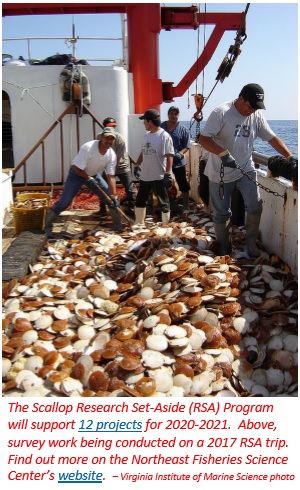 The Council will select “preferred” alternatives during its June meeting and approve the document for public hearing. These hearings likely will occur later this summer or fall. See page 3 for more information on Amendment 21.
The Council will select “preferred” alternatives during its June meeting and approve the document for public hearing. These hearings likely will occur later this summer or fall. See page 3 for more information on Amendment 21.
1. Northern Gulf of Maine Management Area issues; 2. The limited access general category (LAGC) individual fishing quota (IFQ) trip limit; and 3. The potential one-way transfer of IFQ from limited access vessels that hold IFQ to LAGC IFQ-only vessels.
The Council will select “preferred” alternatives during its June meeting and approve the document for public hearing. These hearings likely will occur later this summer or fall. See page 3 for more information on Amendment 21.
Emergency Action: At the request of its Scallop Committee, the Council deliberated requesting emergency action measures in light of the ongoing COVID-19 pandemic. o The Council itself doesn’t take emergency action, but it can make recommendations to the National Marine Fisheries Service (NMFS/NOAA Fisheries). Working on behalf of the Secretary of Commerce, NMFS can pursue emergency action if strict policy guidelinesare met. Generally speaking, the situation must involve unforeseen circumstances that present serious ecological, economic, social, or public health consequences to the resource or fishery participants.
The Council agreed that the COVID-19 situation qualified as “unforeseen.” Over the course of its discussion, the Council did weigh the possibility of immediately initiating a framework adjustment to address the pandemic’s impacts on the scallop fishery, but the move did not garner enough support. In the end, the Council voted to request secretarial emergency action to: Ø Allow all 2019 access area carryover pounds and unharvested RSA compensation pounds from fishing year (FY) 2019 to be available for harvest for 180 days in FY 2020; Ø Maintain the Nantucket Lightship-West Area, which is scheduled to revert to open bottom on May 31, as an access area during FY 2020 for the extent of the emergency action; and Ø Allow LAGC IFQ vessels to roll forward all FY 2019 unharvested quota for 180 days into FY 2020. Although the Council made this request, the final outcome is entirely in the hands of NMFS and the Commerce Department. If NMFS decides to move ahead, the agency will determine the specifics of the emergency measures and the point at which the 180-day clock will begin ticking.
Biological Opinion/Turtles: In February, the Council received a letterfrom NMFS’s Greater Atlantic Regional Fisheries Office (GARFO) saying the scallop fishery had exceeded its turtle incidental take limit for the 2015-2016 and 2016-2017 periods as defined in the 2012 Atlantic Sea Scallop Biological Opinion. NMFS is required to review the fishery’s operation when the two-year average of dredge hours in the Mid-Atlantic from May-November –the turtle overlap period –exceeds 359,797. • As part of its April webinar meeting, the Council received a presentation on the Biological Opinion and NMFS’s decision to reinitiate formal consultation under the Endangered Species Act (ESA). • Turtle takes are rarely observed these days due to the fleet’s use of chain mats and turtle deflector devices, which allow turtles to escape from the gear. That’s why NMFS uses scallop effort, measured in terms of dredge hours, as a proxy. The assumption is that higher effort will result in more turtle encounters. An unusual increase in MidAtlantic dredge effort in 2016 triggered the review of the fishery under the ESA.
Amendment 21 –What’s the Vision? What Do the Measures Cover?
Now that the Council has settled on the range of alternatives for Amendment 21, additional analyses can be conducted by the Scallop Plan Development Team. These analyses will help the Council in its decisionmaking in June when it selects preferred alternatives for public hearing purposes. The amendment contains 10 actions, numbered sequentially as follows, that each have various alternatives.
Northern Gulf of Maine (NGOM): Six types of management actions are under consideration for the NGOM Management Area. These cover: (1) catch accounting; (2) allocations; (3) fishery monitoring; (4) research support; (5) the fishing season; and (6) gear requirements. • LAGC IFQ Measures: Three types of actions are under consideration. These cover: (7) IFQ trip limits; (8) observer compensation; and (9) one-way IFQ transfers. • General: (10) This action covers a list of measures that could be addressed in a future specifications package or framework.
Vision Statement
Amendment 21 is reaffirming a vision statement that originally was developed for Amendment 11. It defines the LAGC component of the fishery as: “a fleet made up of relatively small vessels, with possession limits to maintain the historical character of this fleet and provide opportunities to various participants, including vessels from smaller coastal communities.” Ø All documents related to Amendment 21 are available HEREand scallop-related materials used during the Council’s April meeting can be found HERE. Ø Questions on any of the Council’s scallop actions can be directed to Jonathon Peros at (978) 465-0492, ext. 117, [email protected].






